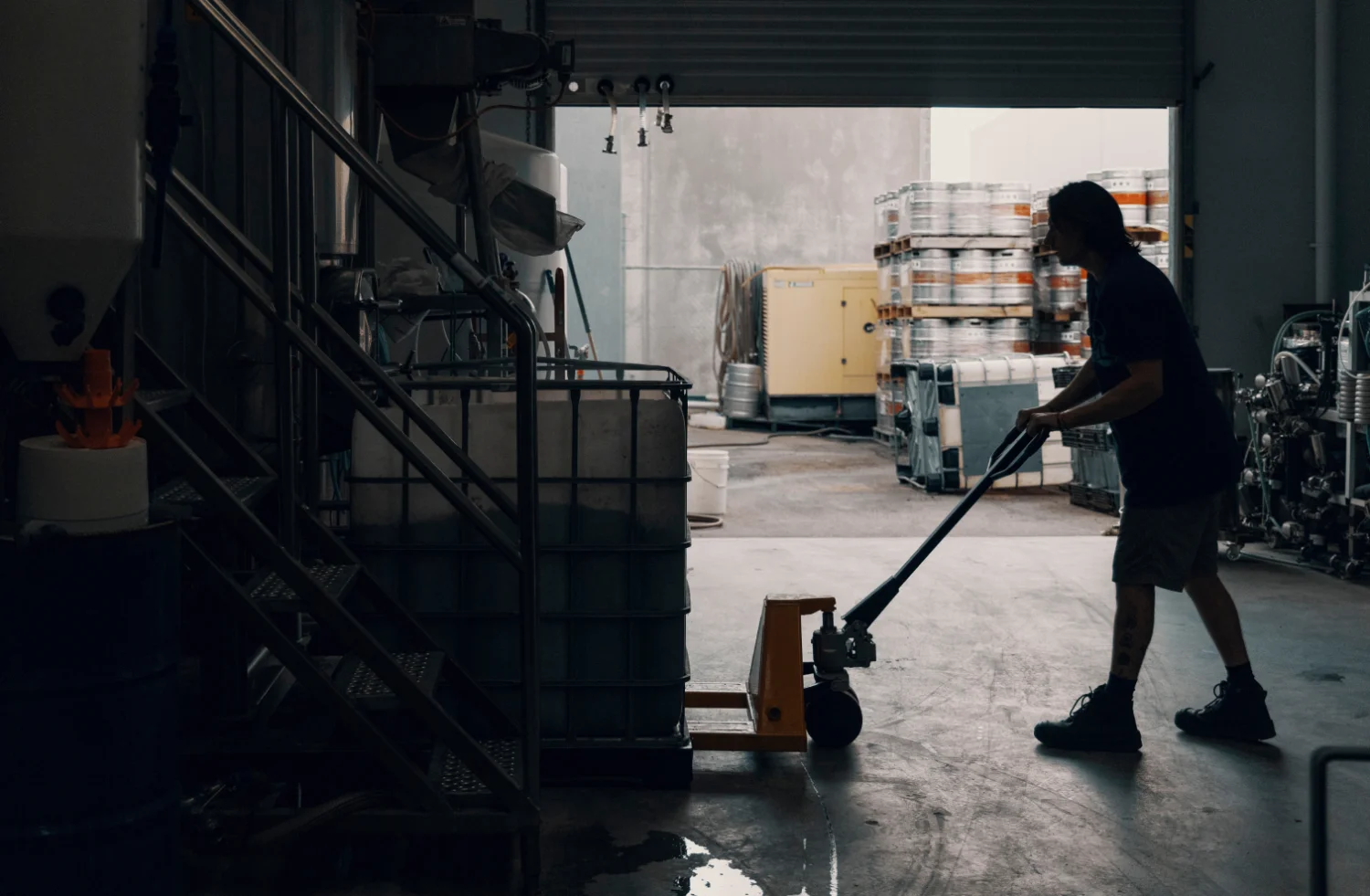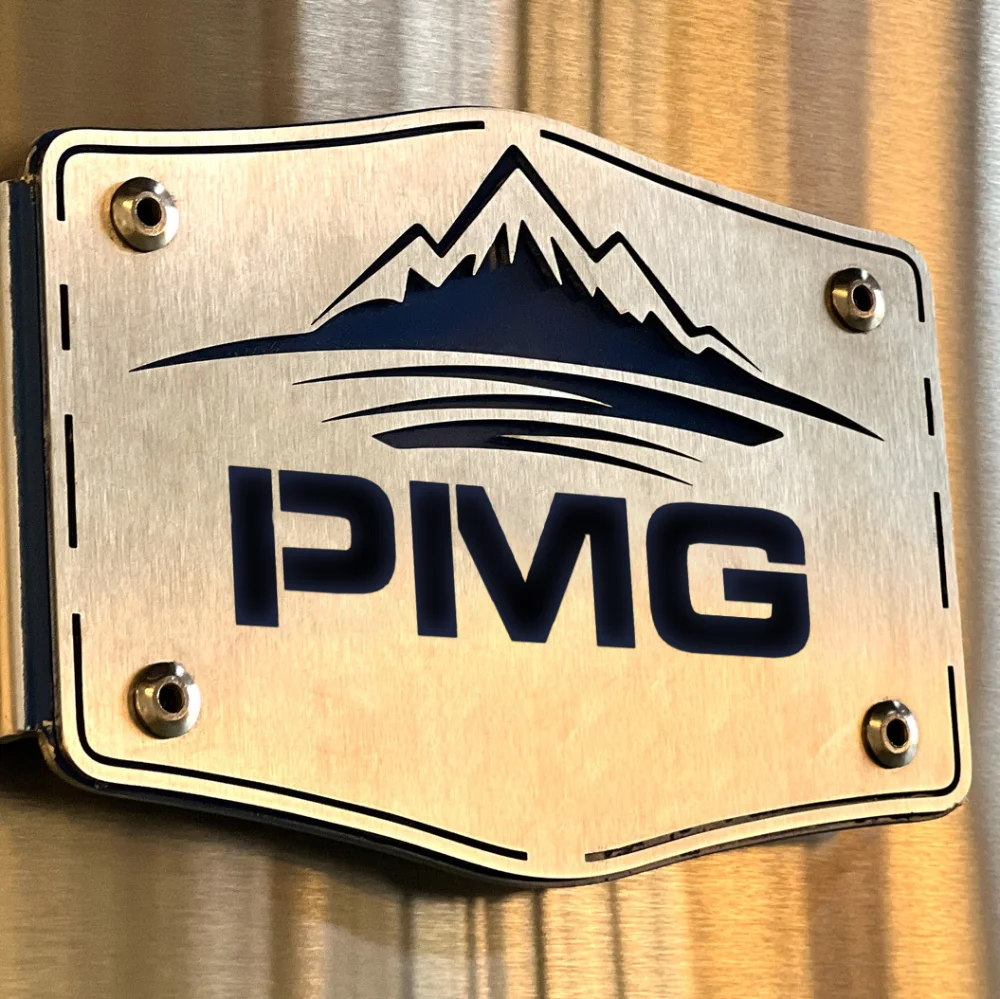How do you make whiskey?
It all begins with the fermentation of an agricultural product, as is the case with the making of almost every alcohol. In whisky production, adhering to a blend of grains such as malted barley, corn, rye, or wheat is a widely acknowledged tradition, with each grain lending its unique essence to the final product.
This careful blend of ingredients distinguishes the diverse whisky types — single malt, blended malt and rye whiskies are just a few. The clue is in the title – blended malt whisky incorporates barley from multiple distilleries. When we start to talk about bourbon whisky, a quintessential American spirit, we need a blend of at least 51% corn. And rye whisky…you guessed it, needs 51% rye as the main grain.
So how do we bring this blend of grain to whisky?
First, the grains are combined with water and yeast, which is heated and stirred. The grains, similar to brewing beer, have been through a journey already of drying, soaking, germination, toasting and grinding. Heating this mixture facilitates the dissolution of sugars, forming a wort which undergoes fermentation when we add yeast to convert the sugars to alcohol and congeners, giving whisky its unique character…sound familiar? This is the same as brewing beer. <insert a link to a brewing beer article>
The difference in whisky production from beer is in the distillation.
Purification of the liquid occurs within a still — a copper vessel equipped with a tight seal and a slender, cone-shaped vent. The liquid undergoes heating and vaporisation within the still, with the resultant vapour being collected post-condensation. This distilled liquid, enriched and purified, boasts a higher alcoholic content, with impurities eliminated during evaporation.
Now is where it gets interesting. The whisky embarks on the maturation journey within wooden barrels (oak mostly) for a minimum of two or three years. Scotch whisky must mature for a minimum of 3 years, though most single malts rest in barrels for much longer — from 8 to 15 years. While maturing, the whisky becomes smoother, gains flavour, and draws its golden colour from the cask. Distilleries employ various aging methodologies, including using new oak barrels, charred barrels, or those imbued with wine or sherry, each contributing significantly to the whisky's flavour profile. The choice of these barrels imparts unique and defining, sometimes regional characteristics to the whisky.
Australian whisky, albeit a new endeavour, capitalises on the unique flavour profiles of indigenous malts, pristine waters and use of wine barrels sourced from Australian wineries, which impart a terroir of our very own.
Each PMG still is custom build to help the distiller achieve the flavour profile they desire in their spirits. The copper we use to in the fabrication of our whisky stills is of the highest quality and will enable the distiller to craft a truly unique product.


